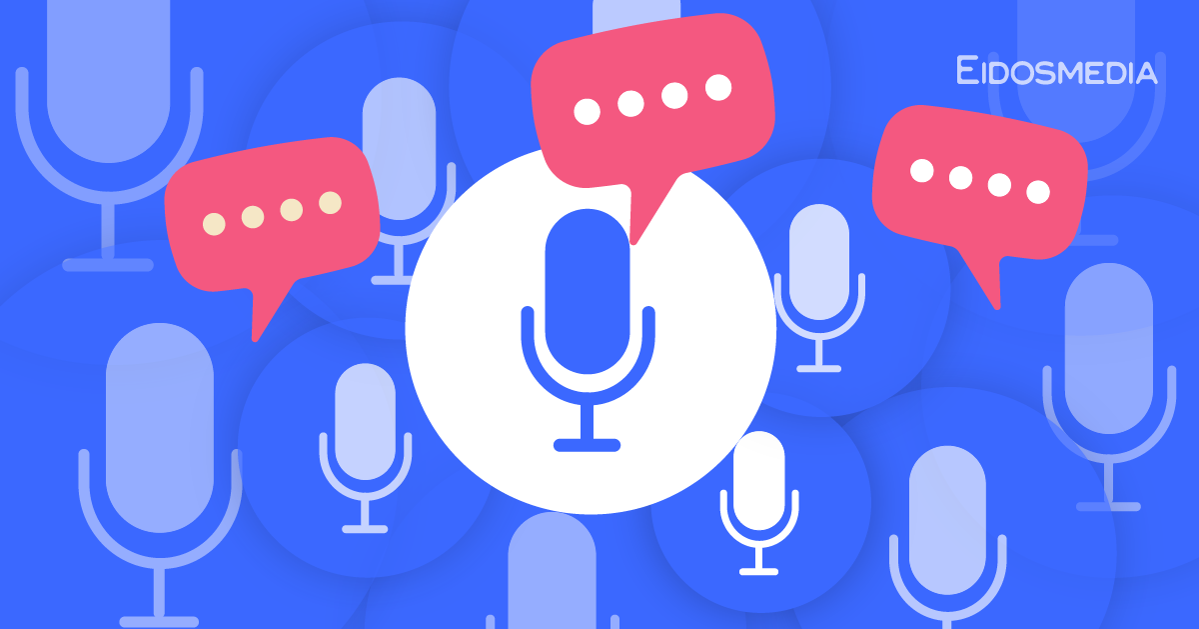News Podcasts — Still Room for Growth?
News podcasts have become popular formats over the last few years. How important are they to news publishers and what is their potential?
Just a few short years ago, podcasts were hailed as a savior for the news business. Growing quickly in popularity, podcasts offered a new way to engage with readers, serving both as a marketing tool and as content in their own right. Several years on, the podcast landscape is not only changing — as video becomes an increasingly important component for audiences — but the options have grown significantly.
In 2025, an estimated 605,122 podcasts had released an episode. While those are not all news podcasts, this number illustrates an essential truth about podcasting: there is plenty of competition. Still, new research from Reuters and Pew suggests that there is room to grow for news podcasters. For news organizations looking to expand their audience through podcasts, the best advice may be the age-old advice all good media outlets abide by: know your audience.
Who is listening to news podcasts? What are they looking for? And how can you best monetize this audience? Eidosmedia answers these questions and more.
Who is listening to news podcasts?
Reuters’ Digital News Report 2025 suggests that listening to news podcasts may be a "somewhat niche activity, ranging from 15% of people listening weekly in the US to 3% in Japan."
“Very few people (2% across 20 markets we have been tracking over time) say podcasts are their main source of news, with news podcasts instead playing a complementary role in people’s news diets.” The keyword there, however, is “main.”
Pew found, “Just over half of U.S. adults (54%) say they’ve listened to a podcast in the past 12 months, a slight increase since we first asked this in 2022 (49%).” Reuters and Pew agree that the U.S. is the most mature market for podcast-based news, and younger demographics are more likely to tune in. According to Pew, 67% of people between 18 and 29 say they listened to a podcast in the past 12 months, which is “about twice the share of those ages 65 and older (33%).” These younger listeners also tend to be well-educated and have money to spend, making the podcast audience a desirable one for publishers and advertisers.
It’s also important to note that, at least in the U.S., where the personalities behind the news are as important as the news itself, YouTube is the main access point — meaning people are often watching rather than simply listening. This change has been happening for quite some time, but it hasn’t caught on all over the globe just yet.
In the U.K., video is only somewhat important, and in Norway, it’s not very important at all. So whether or not a media outlet needs to rush into video podcasting is often determined by where their audience is and what kind of following they hope to cultivate. Organizations leaning into substantive news over personality-driven analysis may be able to skip video for now — though that could always change.
Monetizing news podcasts
Despite having a young audience with money to burn, Reuters reports that news podcasts typically receive a smaller share of audio spending compared to the competition in the comedy or sports genres. This forces news podcasters to look beyond ad revenue to make these products sustainable. Luckily, the podcast audience is willing to pay.
Reuters reports: “Willingness to pay for news podcasts is also relatively higher than when we typically ask this type of question: 46% of news podcast listeners in the US say they would be prepared to pay a reasonable price for news-related podcasts they like, with the figure being 39% in the UK and 41% in Norway.”
Many news organizations think beyond monetizing individual podcasts and, according to Reuters, consider podcasts “as a way to engender loyalty and encourage membership/subscription to the wider brand.” Whether it’s the New York Times offering bundled subscriptions to games, recipes, and podcasts, or Norway’s Schibsted Media offering premium podcast content through its own app, it’s clear that publishers are using podcast content strategically.
Pew’s research found, “Just 6% of U.S. adults say that they have directly paid for or given money to podcasts that focus on news in the past 12 months. This includes payments from subscribing, donating or becoming a member of some kind.” So, publishers certainly have an uphill battle ahead of them.
What news podcast listeners value
It’s worth noting that “73% of listeners say podcasts help them understand issues more deeply than other types of media.” For this audience, depth matters. This makes podcasts the perfect medium for deep dives and the kind of investigative journalism that is often a tough fit for print media, where every column inch counts.
Summarizing findings from the Reuters reports, Techopedia zeros in on what listeners are willing to pay for:
- Early access: episodes released to paying listeners first.
- Extra content: bonus segments, Q&As, or extended interviews.
- Lower-cost add-ons: a cheaper subscription focused on podcasts.
“Uniqueness and exclusivity are also mentioned as possible reasons to pay, though the idea of putting existing free content behind a paywall is off-putting to many,” according to Reuters. Audiences are more likely to pay for add-on content, while the primary offering remains free. Additionally, Reuters reveals, “In the US context, in particular, uniqueness is also tied to hosts, with some open to paying for content from their favourite personalities.”
So, what does this all mean for news organizations? Publishers will need to plan podcasts accordingly, not only by finding the story at the heart of the podcast but also by considering what ancillary and exclusive content can be developed around it. That could mean exclusive, long-form interviews with key sources, pundits debating the topic at hand, or just behind-the-scenes scoops. As always, it depends on what your audience wants.

